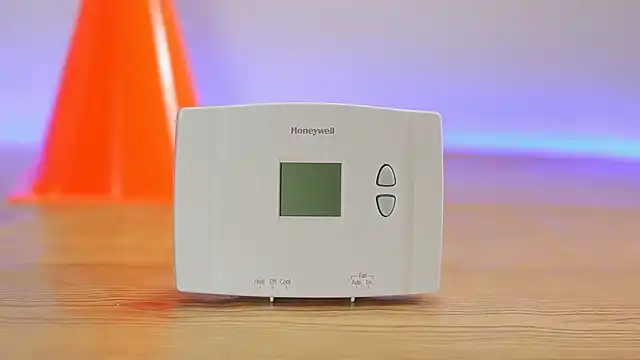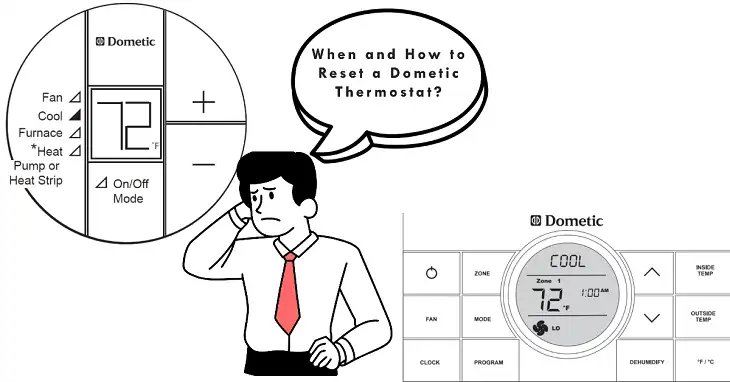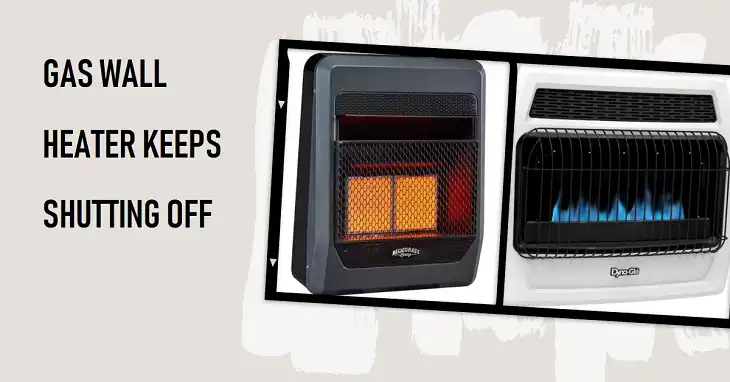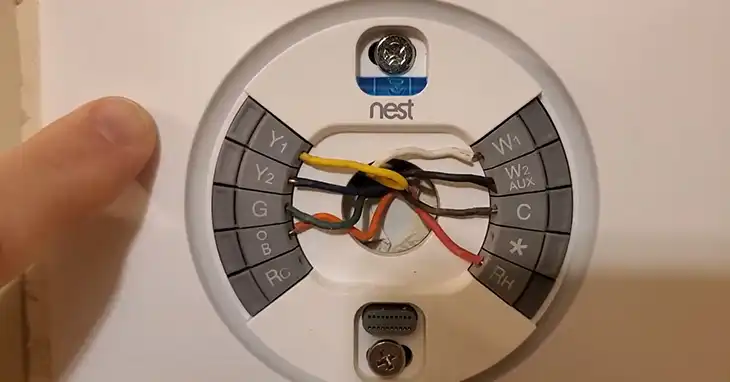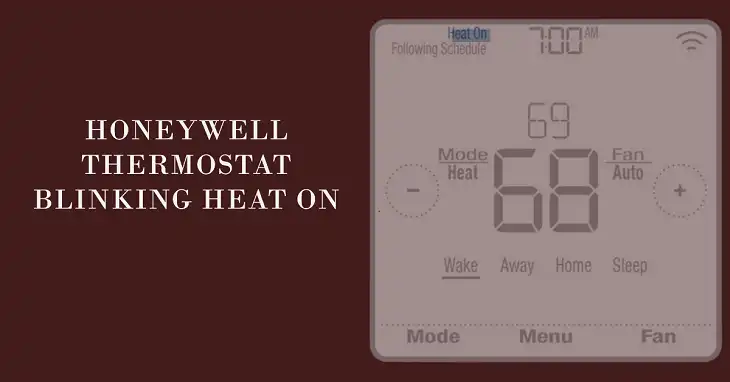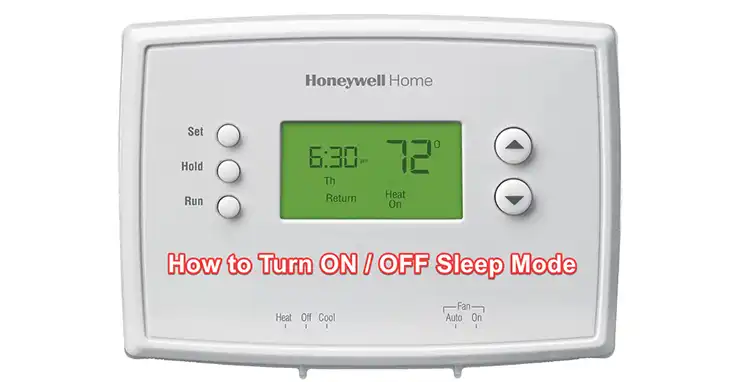Why is Cold Air Coming Out of My Vents When the Heat is Off?
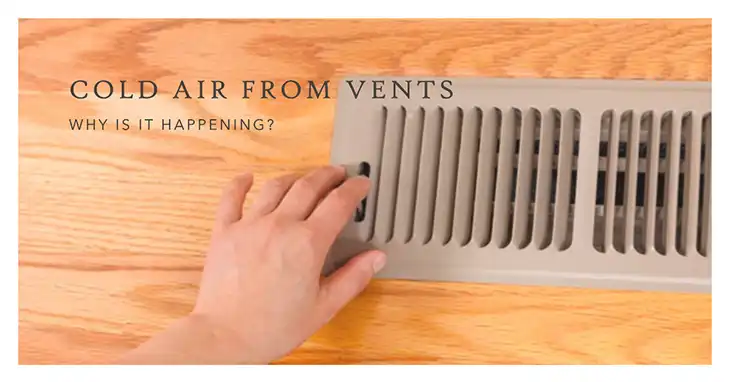
Short Answer: Cold air coming out of your vents when the heat is off is usually due to residual air from your ducts or a malfunction in the HVAC system. Factors like leaky ductwork, the fan setting, or an issue with the thermostat may cause cold air to flow even when the furnace is not actively heating. By understanding how your HVAC system works and investigating potential issues, you can address this problem effectively.
How Does Your HVAC System Work?
Your heating, ventilation, and air conditioning (HVAC) system operates by circulating either heated or cooled air through your home via a system of ducts and vents. When you set the system to heat, your furnace ignites, warming the air that is then pushed through the ducts by a blower. Once the thermostat signals that the desired temperature has been reached, the furnace turns off, but the blower may continue running for a short while, expelling any leftover warm air from the ducts.
However, in some cases, cool or even cold air might start coming through the vents, even when the heat is off. Understanding why this happens requires investigating a few potential causes related to the fan settings, ductwork, and furnace.
Why Is Cold Air Coming Out of the Vents?
1. Fan Setting on “On” Instead of “Auto”
One common reason for cold air coming through your vents is that your fan is set to “On” instead of “Auto” on your thermostat. When the fan is set to “On,” it runs continuously, circulating air even when the furnace isn’t actively heating. In this mode, once the furnace shuts off, the air being circulated is no longer heated, so what you feel coming out of the vents might be cooler or even cold air. Switching the fan to “Auto” ensures that it only operates when the furnace is actively producing heat, reducing the chances of cold air flowing through the system.
2. Leaky or Poorly Insulated Ductwork
Another possibility is that your ductwork is not properly sealed or insulated. If there are gaps or holes in the ducts, particularly in unconditioned areas like attics, basements, or crawl spaces, cold air from outside may be pulled into the system. When the heat is off, this cold air can travel through the ducts and come out of the vents, making it seem like your HVAC system is blowing cold air. Inspecting and sealing your ductwork or improving insulation can prevent this issue.
3. Thermostat Problem
Yes, your thermostat could also be the culprit. If the thermostat is malfunctioning, it might not properly communicate with the furnace, causing the system to act erratically. For instance, it could trigger the blower fan to keep running after the furnace has turned off, pushing unheated air through the vents. In some cases, recalibrating or replacing the thermostat can resolve the issue. Ensuring the thermostat is functioning properly and positioned away from heat sources can also improve its accuracy.
4. Problem with the Furnace
Sometimes, the issue stems from the furnace itself. A malfunctioning furnace can cause the blower fan to operate independently of the heating cycle, leading to cold air coming through the vents when no heat is being produced. This might happen due to:
- Overheating protection: If the furnace overheats, it can automatically shut off the heat to prevent damage, but the blower fan may continue running to cool it down, pushing cold air through the vents.
- Pilot light or ignition issues: If your furnace is not igniting properly due to a faulty pilot light or ignition system, the blower may run without producing heat, resulting in cold air.
In these cases, it’s best to have a professional HVAC technician inspect and repair the furnace to ensure proper functionality.
5. Airflow from Other Sources
In some homes, cold air coming from vents may actually be due to negative air pressure. If air from outside leaks into your home through poorly sealed windows, doors, or cracks in walls, it can create pressure imbalances. These imbalances can force cold air to move through vents or other openings in unexpected ways. Ensuring that your home is well-sealed can reduce these airflow issues and help maintain a more consistent indoor temperature.
How Can You Prevent Cold Air from Coming Out of the Vents?
To prevent cold air from coming through your vents when the heat is off, follow these steps:
- Check that your thermostat fan setting is on “Auto”, not “On”.
- Inspect and seal ductwork to prevent outside air from entering the system.
- Regularly maintain your furnace to avoid overheating and ensure proper ignition.
- Have an HVAC technician inspect the system if the problem persists, as it could be due to a faulty thermostat or other furnace-related issues.
Addressing these issues can help ensure that your heating system works efficiently, keeping your home warm and comfortable.
Summary
Cold air coming out of your vents when the heat is off can stem from a variety of causes, including the fan settings, leaky ductwork, or issues with the furnace or thermostat. Identifying the specific cause of the problem is the first step toward fixing it. Whether it’s a simple adjustment of the fan setting or a more involved ductwork repair, addressing the issue can help restore proper heating and eliminate unwanted cold drafts in your home. If you’re unsure or need assistance, calling a professional HVAC technician can provide the expertise needed to fix the issue efficiently.

